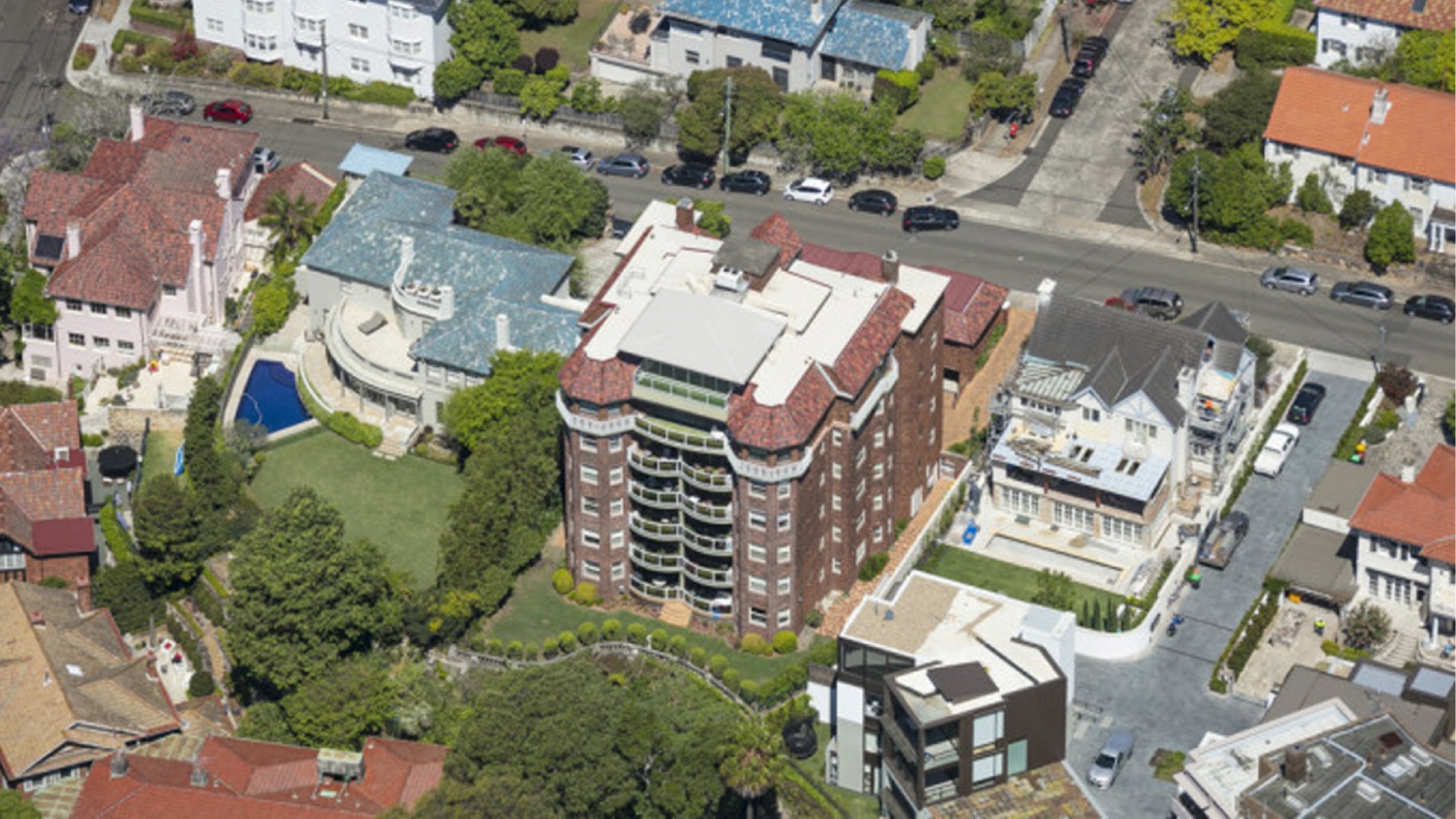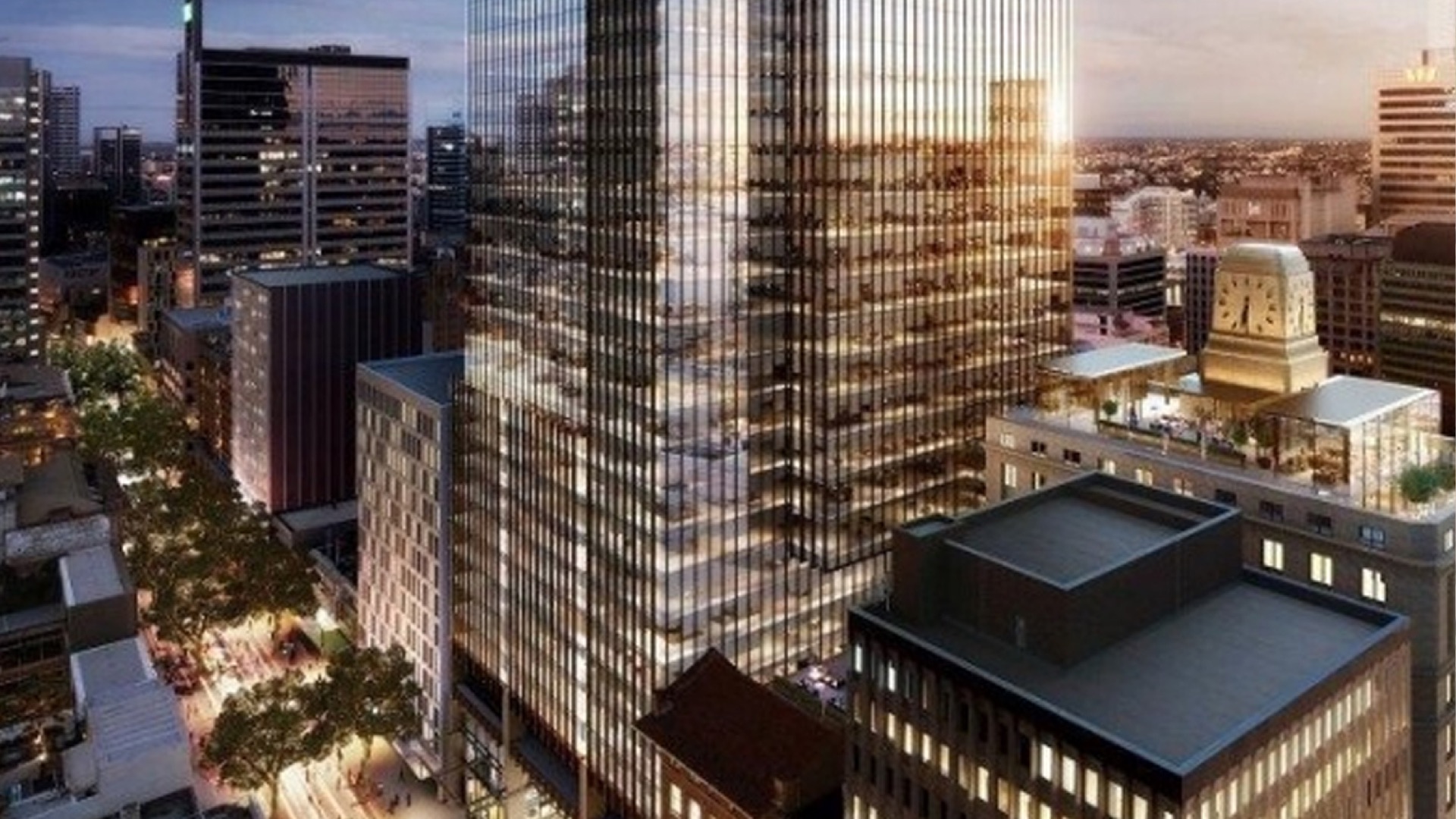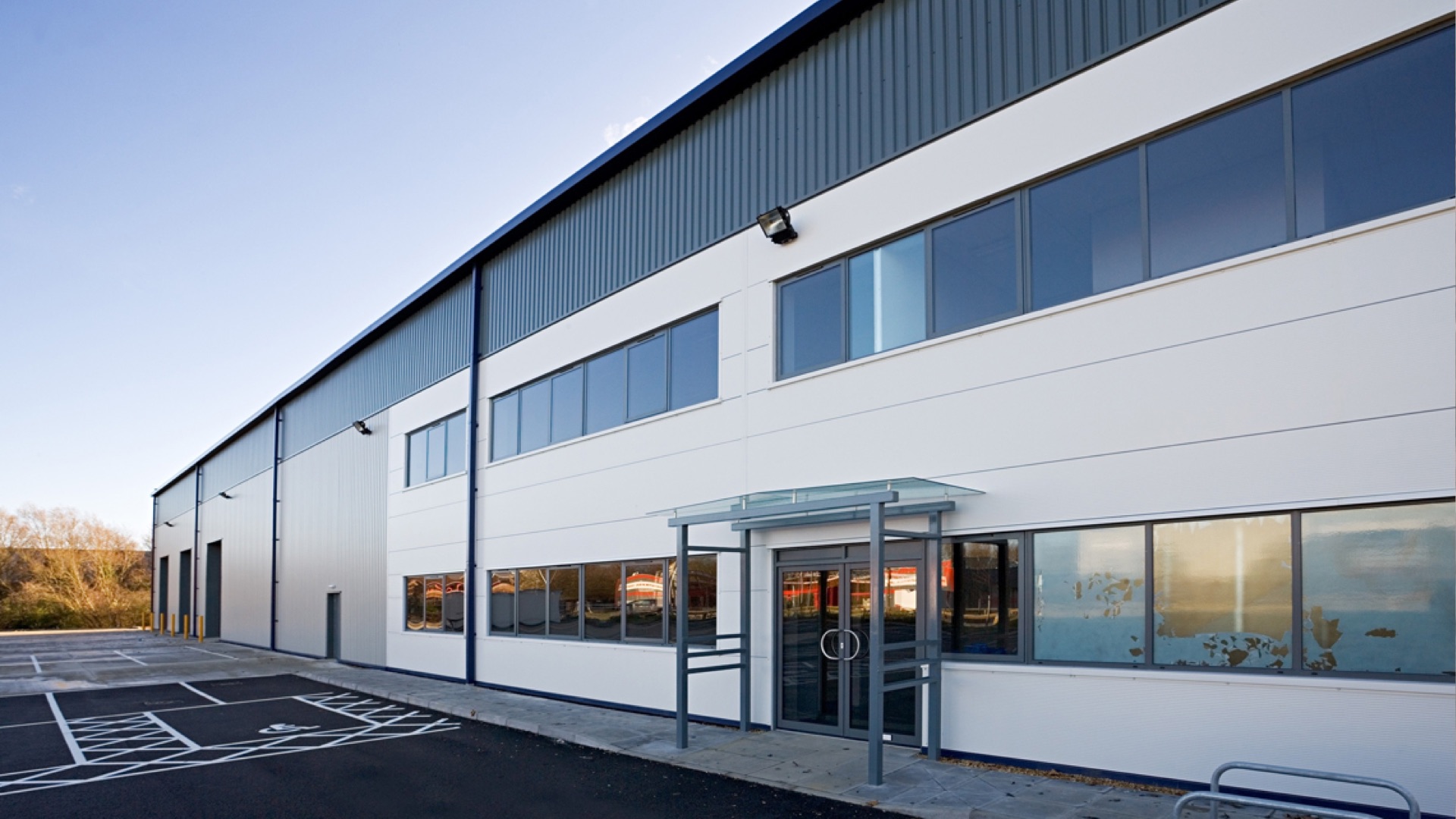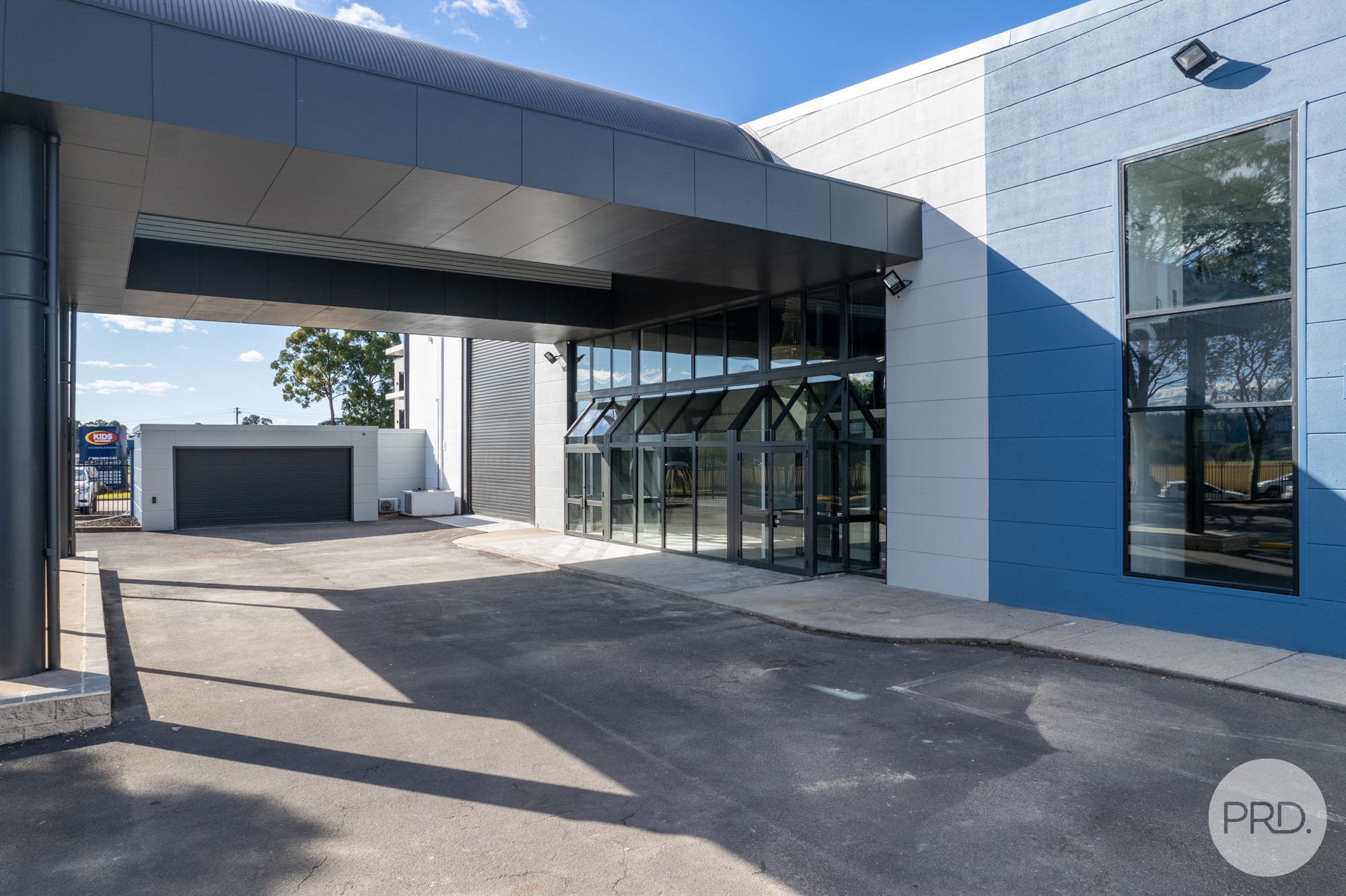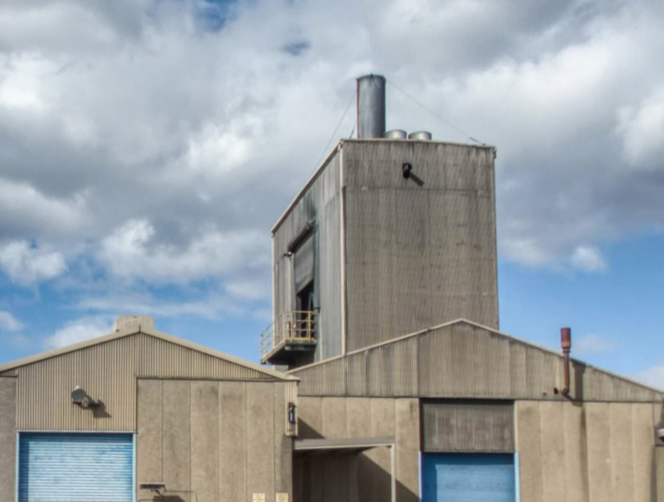
The Hidden Threat to Australian Manufacturing Jobs
While factors like globalisation, automation, and labour costs often dominate the discourse, there’s an overlooked threat jeopardising the future of Australian manufacturing – the lack of available land and skyrocketing real estate prices.
As our cities rapidly expand, industrial zones and warehouses are being demolished to make way for residential and commercial developments. This results in a severely constrained supply of space for manufacturing operations, research facilities, and production lines. The little space that does become available is exorbitantly priced, making it unfeasible for many manufacturers to remain or expand in urban areas.
A recent Colliers report revealed that land values for industrial properties between 1-5 hectares in Sydney increased by a staggering 7.4% in 2023 compared to the previous year. Over a longer period, the increase would be more significant. This escalation of costs creates immense pressure on manufacturing companies with tight margins and substantial space requirements.
For businesses able to stay afloat, being pushed to the outer suburbs increases transportation costs, reduces access to skilled labor pools, and disconnects them from crucial infrastructure and supply chains. It’s a vicious cycle that ultimately drives more manufacturers to move operations offshore or shut down local facilities entirely.
The loss of these well-paying manufacturing jobs hits communities hard. The manufacturing sector still employs nearly 900,000 Australians and supports millions of indirect jobs. Each factory closure translates into less economic opportunity, population decline, and urban decay.
While state policies around protecting industrial land help, a more sustainable long-term solution is developing dedicated, affordable manufacturing zones and innovation hubs in strategic locations. Public-private partnerships can create these industrial parks with the infrastructure, modern facilities, amenities, and transport links manufacturers need to thrive.
If we want a future where Australian manufacturing remains globally competitive and a source of economic prosperity, we must be proactive about this issue. Resolving the manufacturing space crunch and providing a landed solution will determine whether we continue shedding jobs or begin reviving and reinvesting in this vital sector.
What are your thoughts? How can governments and developers better accommodate the space needs for local manufacturing? Share your insights in the comments below.
